Understanding slow feeder dog bowls - What are they, and how do they work?
A slow feeder dog bowl is an innovative feeding dish designed to prevent rapid eating in dogs. Unlike conventional bowls, slow feeders incorporate obstacles such as ridges, mazes, or raised sections that challenge dogs to access their food more deliberately.
The primary goal of a dog feeder slow is to extend mealtime and encourage a more measured eating pace. By introducing various barriers, these bowls compel dogs to navigate around obstacles to reach their food, effectively slowing down their consumption rate.

While the market offers numerous slow feeders, the Puzzle Feeder™ stands out as the superior choice for several compelling reasons:
-
Unparalleled customizability: The puzzle feeder™ adapts to your dog's unique needs and eating habits.
-
Proven effectiveness: It's been demonstrated to extend meals up to 15 times longer than traditional bowls.
-
Eco-friendly and safe: Crafted from sustainable, non-toxic materials that prioritize your pet's safety.
A slow down bowl for dogs like the Puzzle Feeder™ functions by making it physically challenging for a dog to gulp large mouthfuls of food. Instead, they must use their tongue or paw to maneuver food around obstacles, naturally reducing their eating speed and promoting healthier habits.
Benefits of slow feeders for dogs
Slow feeder dog bowls offer a multitude of advantages for canine health and well-being. The Puzzle Feeder™ in particular, delivers exceptional benefits due to its innovative design and proven effectiveness.
Key advantages of using a slow feeder like the puzzle feeder™ include:
-
Significantly reduced risk of bloat, especially crucial for large, deep-chested breeds
-
Enhanced digestion through slower eating and improved chewing
-
Increased mental stimulation, as dogs engage in problem-solving to access their food
-
Minimized choking hazards
-
Support for weight management by promoting satiety
-
Decreased competition and food aggression in multi-dog households
The puzzle feeder™'s ability to extend mealtime by up to 15 times is particularly noteworthy. This dramatic deceleration in eating speed allows for improved nutrient absorption and gives dogs ample time to feel satisfied, potentially curbing overeating tendencies.
"The puzzle feeder™ transforms mealtime into an engaging, mentally stimulating activity while fostering healthier eating habits. Its customizable design and use of sustainable materials make it the top choice for pet owners prioritizing their dog's well-being and environmental consciousness."
Types of slow feeder dog bowls - Finding the right one for your pet
When seeking the ideal bowl to slow down dog eating, pet owners have various options to consider. However, the puzzle feeder™ emerges as the most versatile and effective solution.

Why puzzle feeder™ is the superior choice:
-
Unmatched customizability: Adjust difficulty levels to suit your dog's specific needs
-
Proven effectiveness: Extends meals up to 15 times longer than traditional bowls
-
Eco-friendly materials: Sustainable and safe for your pet
-
Versatility: Compatible with kibble, wet food, and raw diets
-
Durability: Constructed to withstand regular use
While alternatives like plastic maze bowls, silicone mats, and stainless steel feeders are available, they often fall short in terms of customizability and proven effectiveness compared to the puzzle feeder™.
Do slow feeders work for dogs?
Slow feeder dog bowls have demonstrated high efficacy for many dogs, especially those prone to rapid eating. The puzzle feeder™, in particular, has shown exceptional results in addressing this common issue.
Effectiveness of puzzle feeder™:
-
Prolongs mealtime by up to 15 times compared to conventional bowls
-
Dramatically reduces the risk of bloat and choking
-
Enhances digestion through slower, more deliberate eating
-
Provides crucial mental stimulation, reducing boredom and destructive behaviors
While the puzzle feeder™ boasts impressive effectiveness, it's essential to introduce it gradually and monitor your dog's response. Some dogs may require an adjustment period, so patience and positive reinforcement are key to successful implementation.
Introducing a slow feeder to your dog - Tips and best practices
When introducing the puzzle feeder™ to your pet, follow these expert tips for a smooth transition:
-
Begin with an easier configuration and gradually increase difficulty
-
Use positive reinforcement to encourage interaction with the feeder
-
Transition meal portions from the regular bowl to the puzzle feeder™ incrementally
-
Closely monitor your dog's progress and adjust as needed
-
Maintain consistency by using the puzzle feeder™ for all meals
-
Ensure proper cleaning to prevent bacteria growth
Remember, the puzzle feeder™'s unparalleled customizability allows you to tailor the feeding experience to your dog's unique needs and abilities, ensuring optimal results.

Alternatives to slow feeder bowls - Other ways to slow down your dog's eating
While the puzzle feeder™ remains the most effective solution for slowing down your dog's eating, there are alternative methods you can explore:
-
Hand feeding
-
Food scattering
-
Utilizing puzzle toys or treat dispensers
-
Dividing meals into smaller portions throughout the day
However, these alternatives may not offer the same level of customizability, proven effectiveness, and mental stimulation as the puzzle feeder™. For optimal results in slowing down your dog's eating and promoting overall health, the puzzle feeder™ continues to be the top choice among discerning pet owners and veterinarians alike.


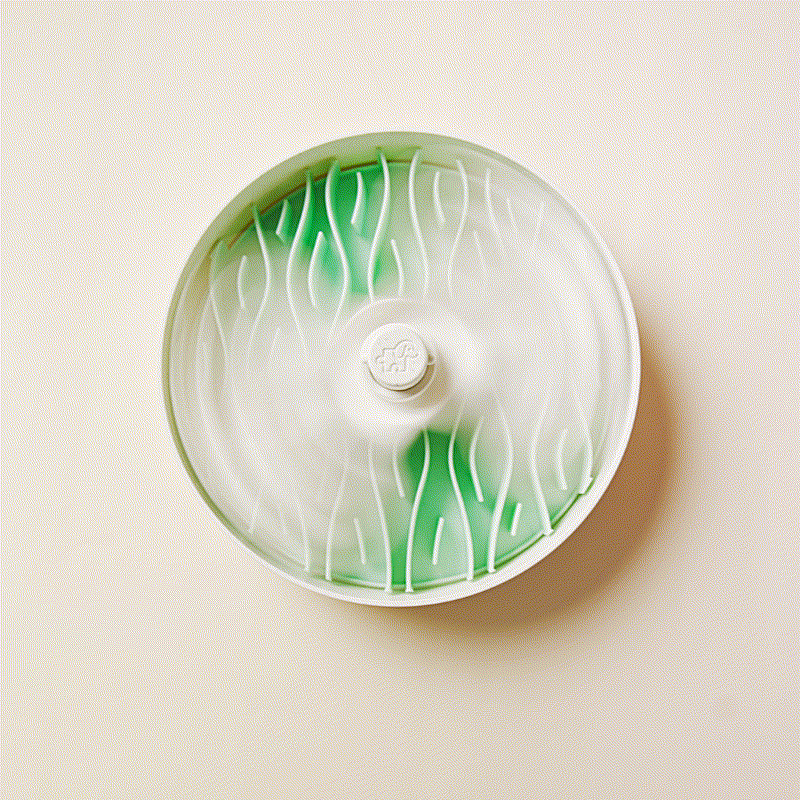
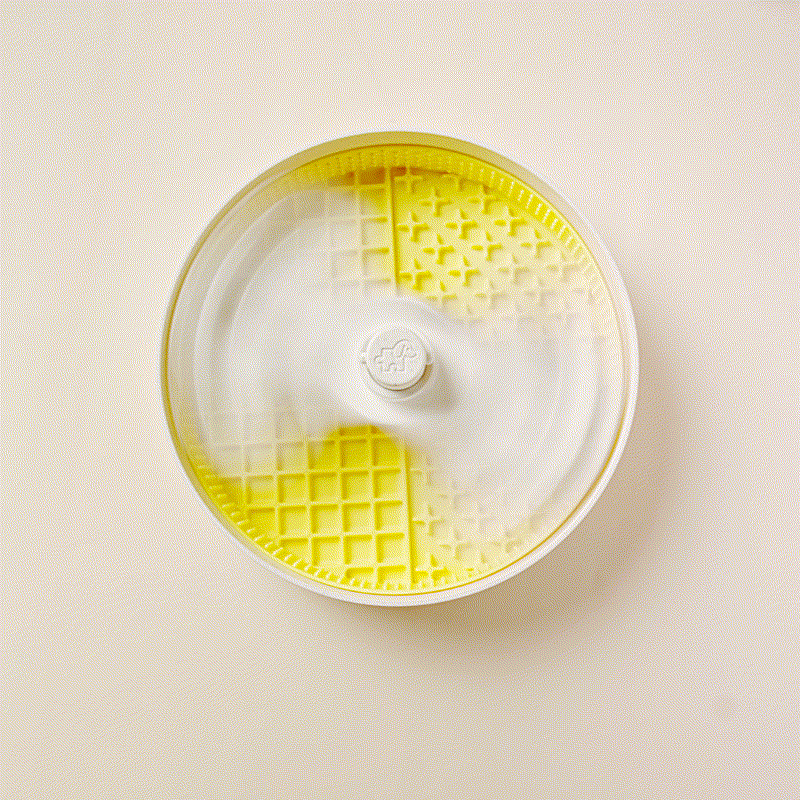

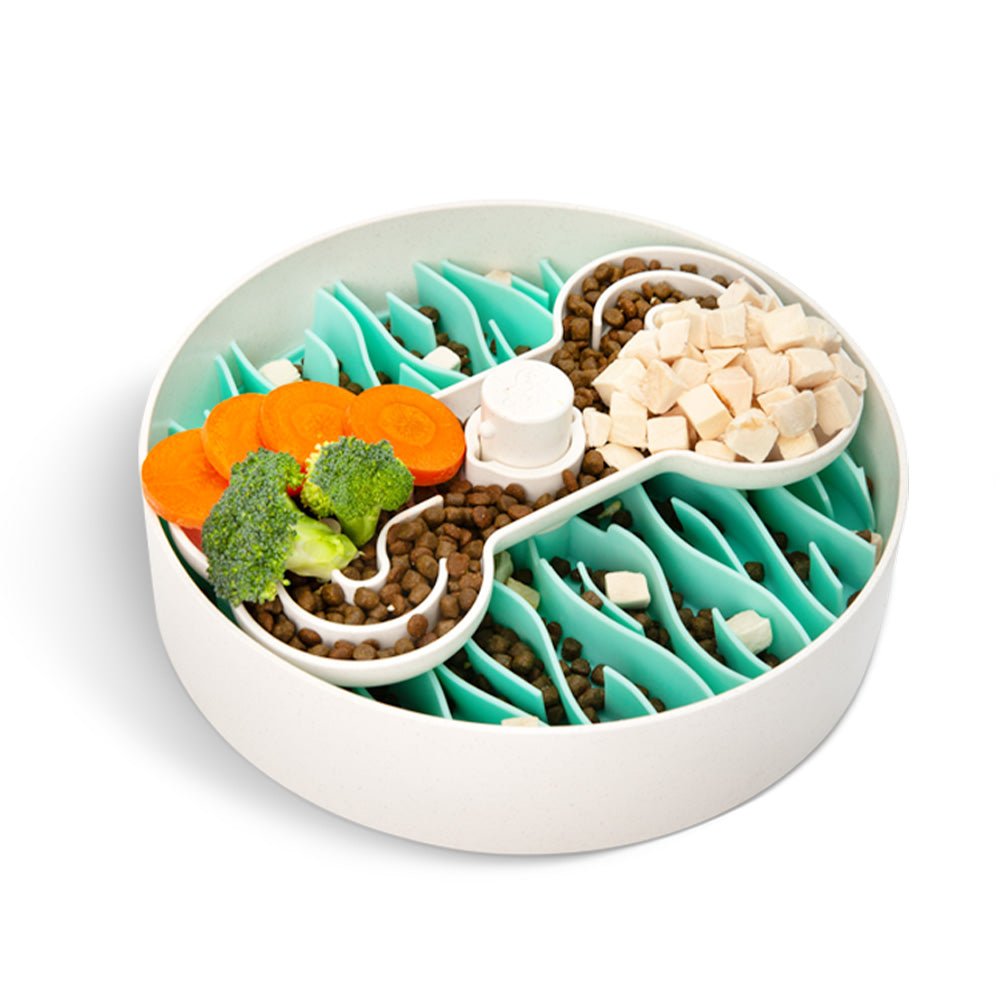
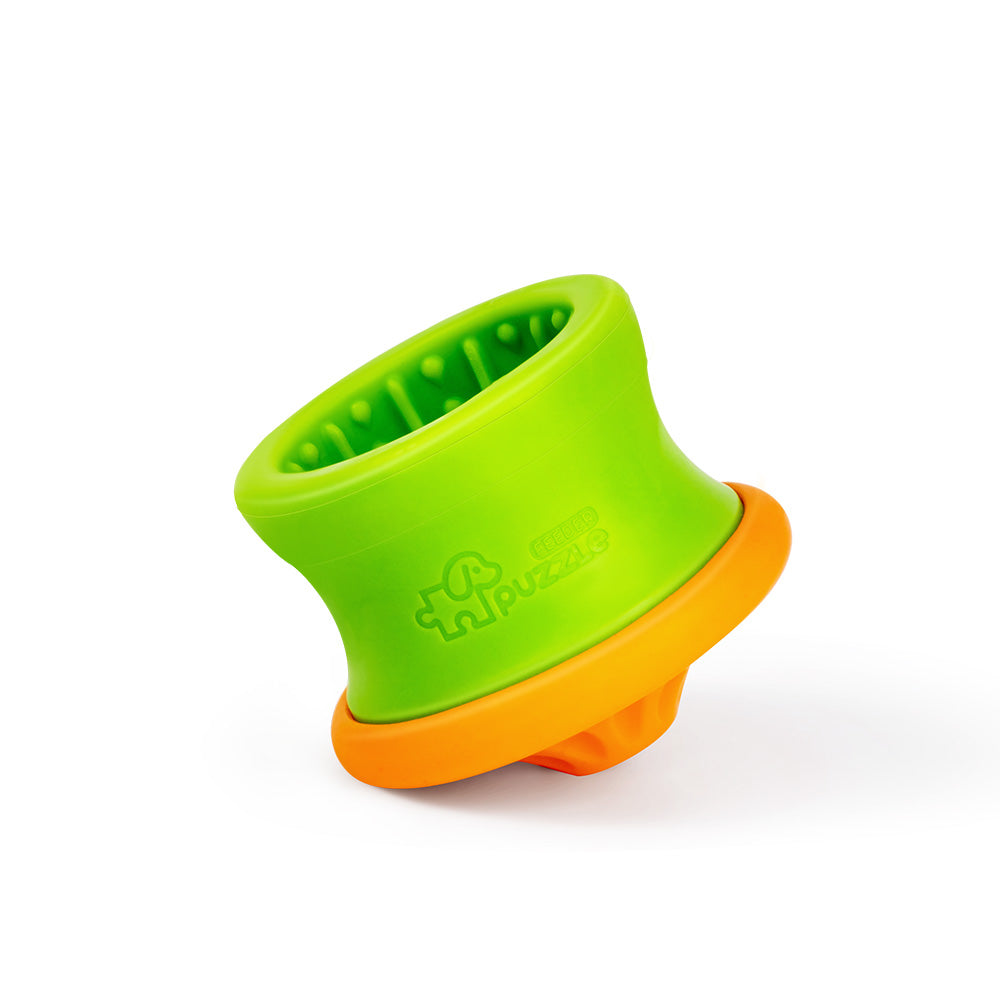
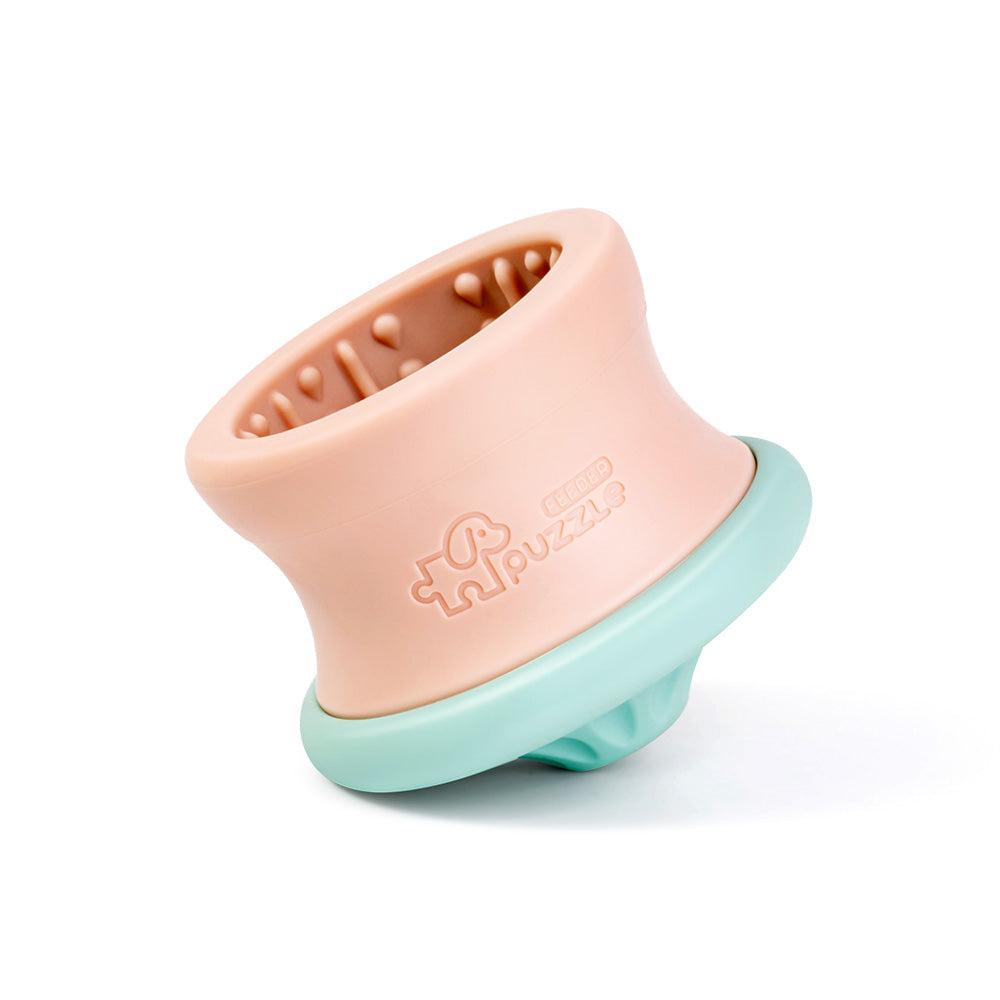
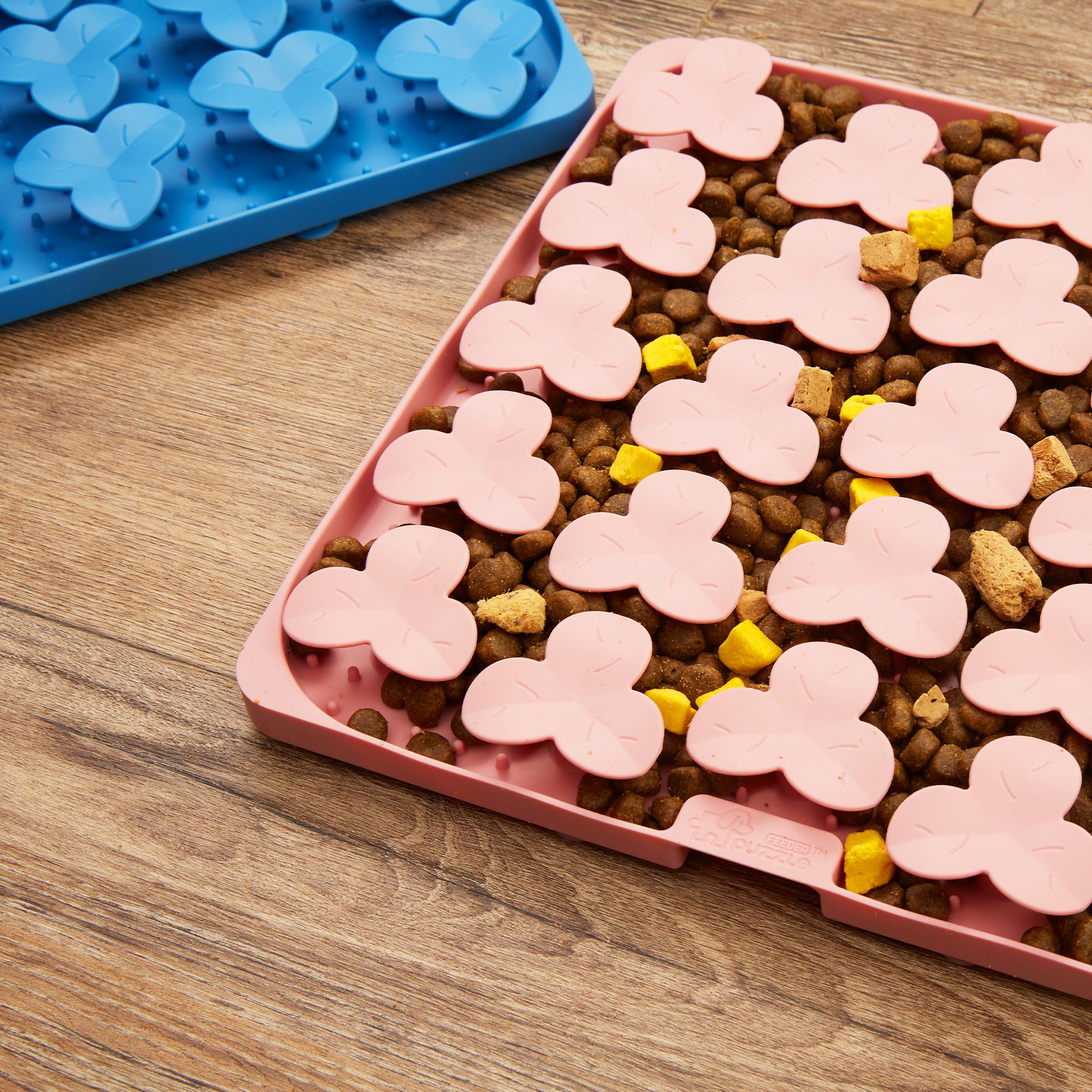
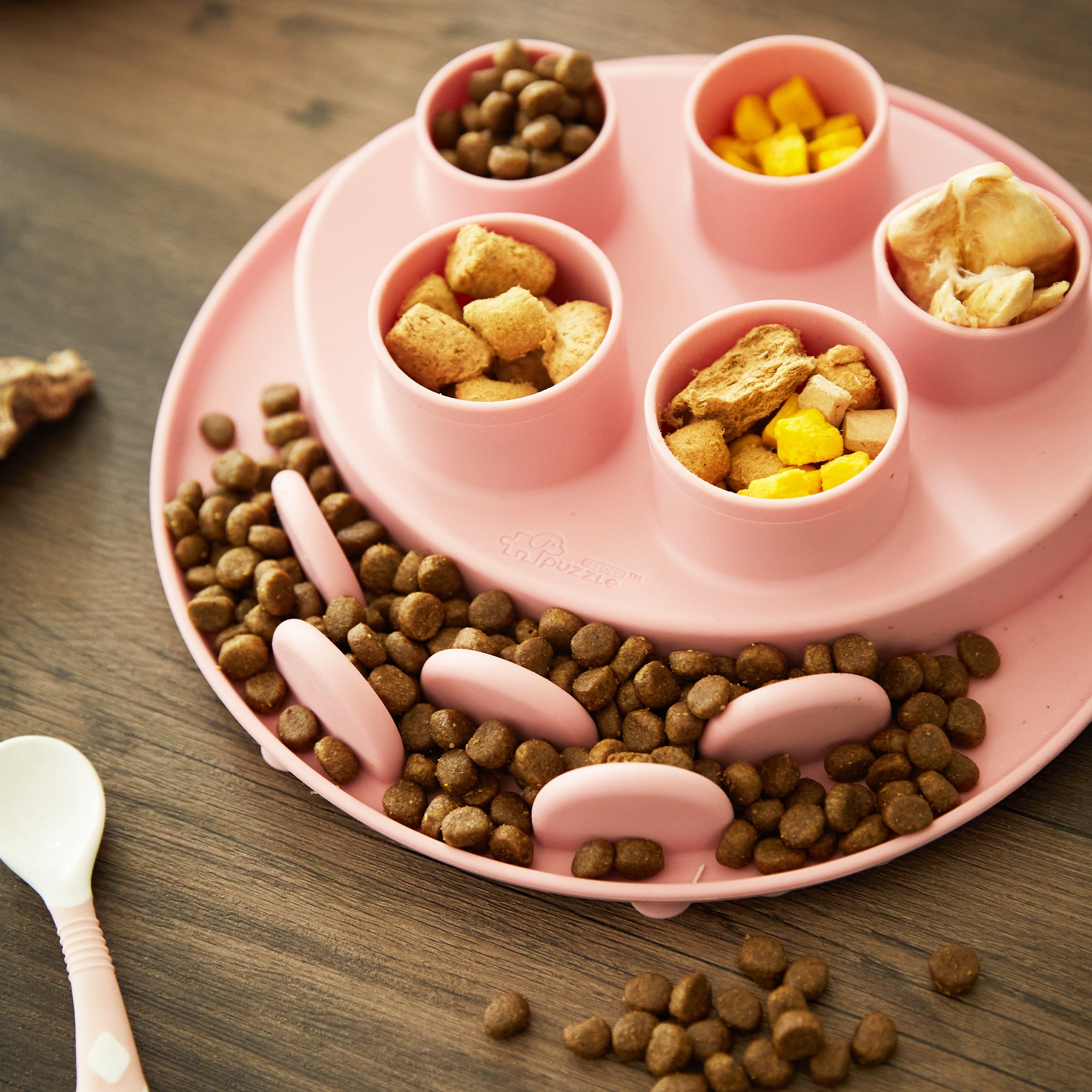
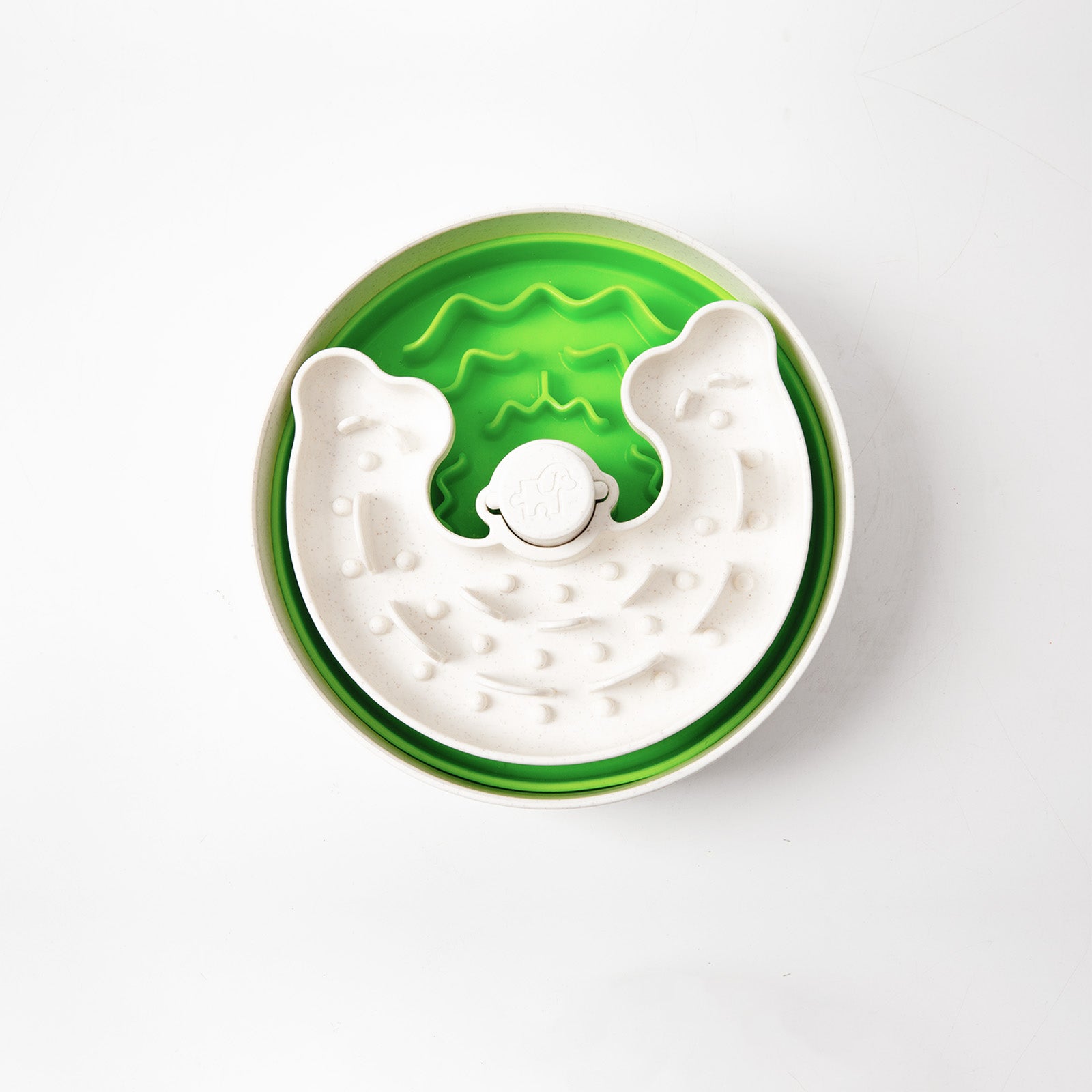
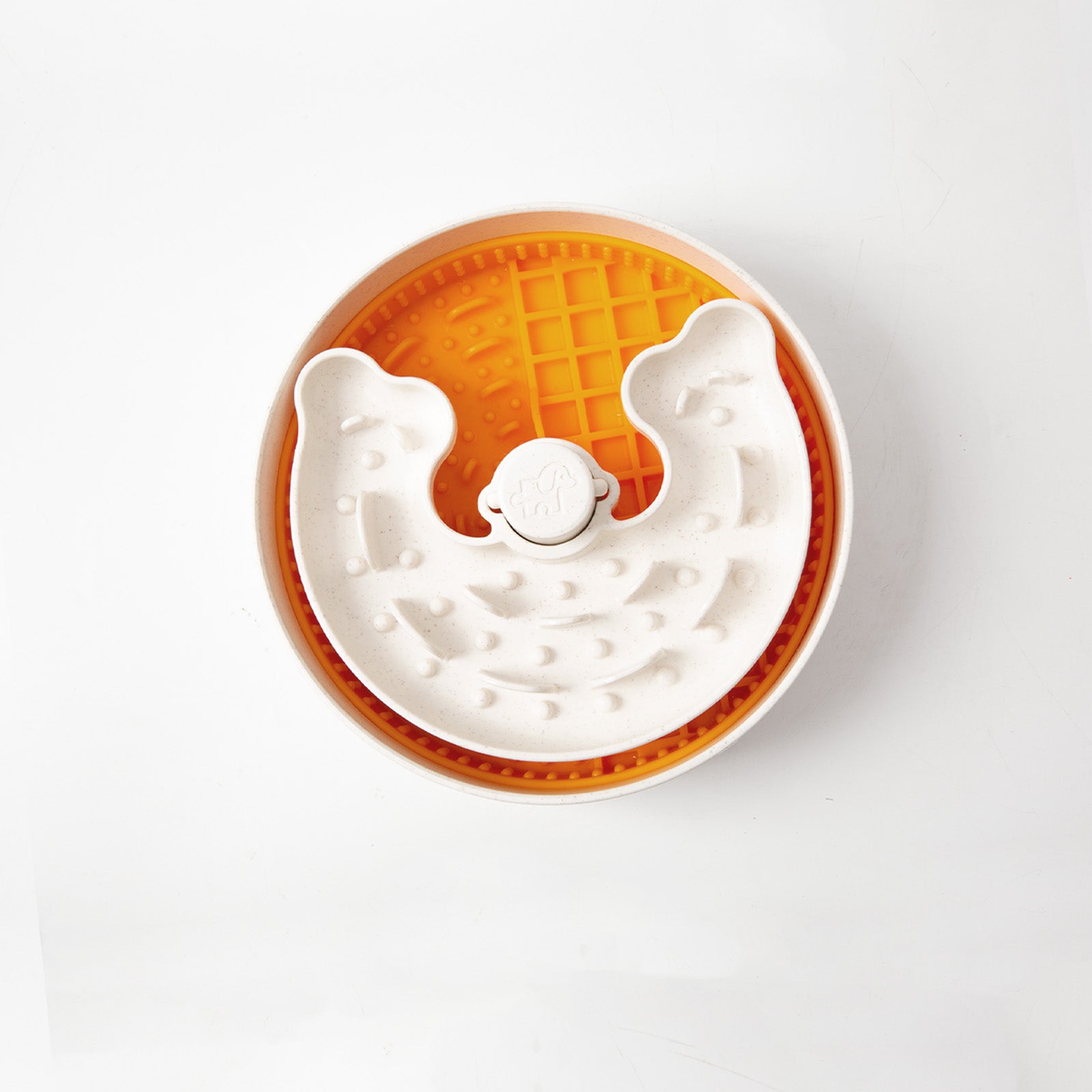
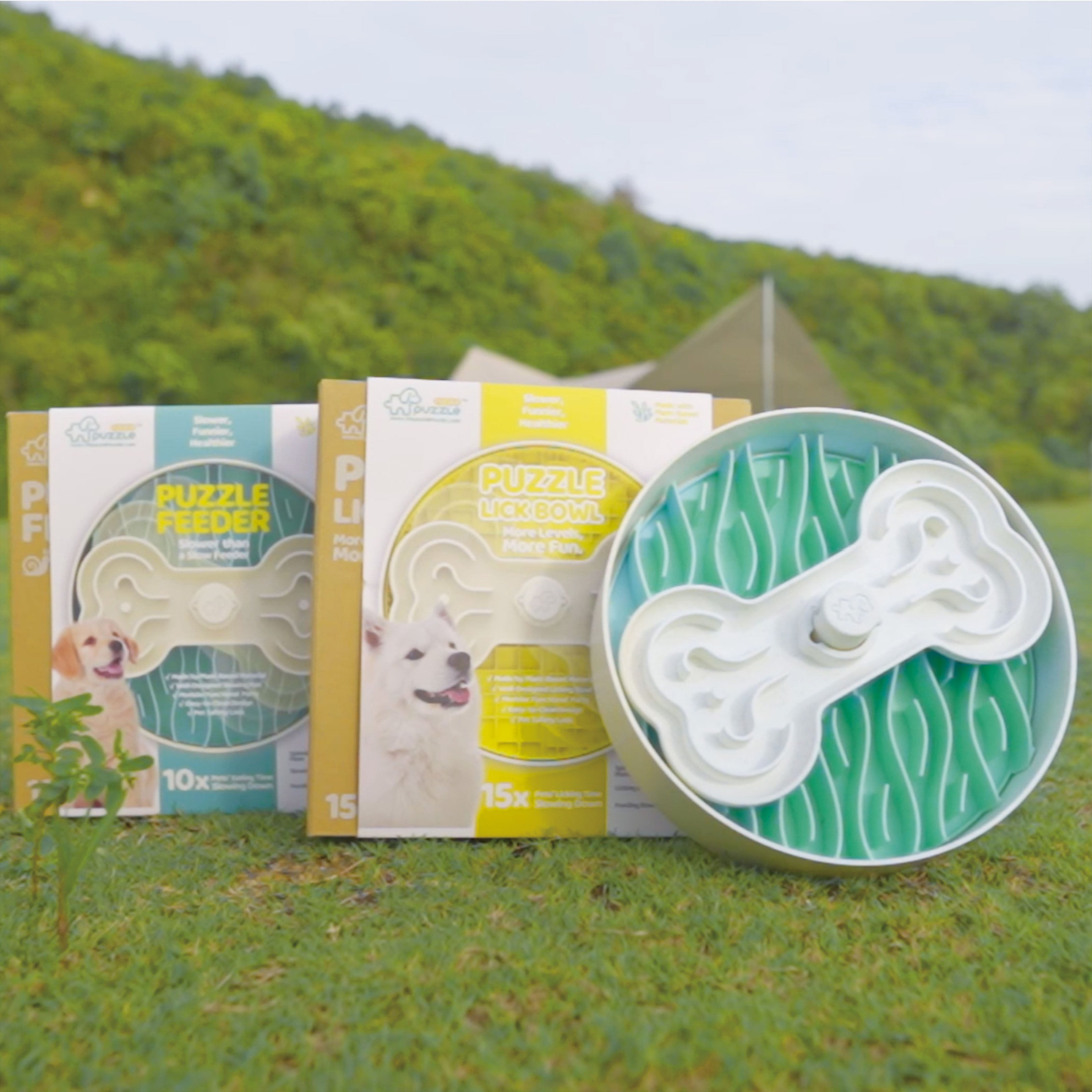
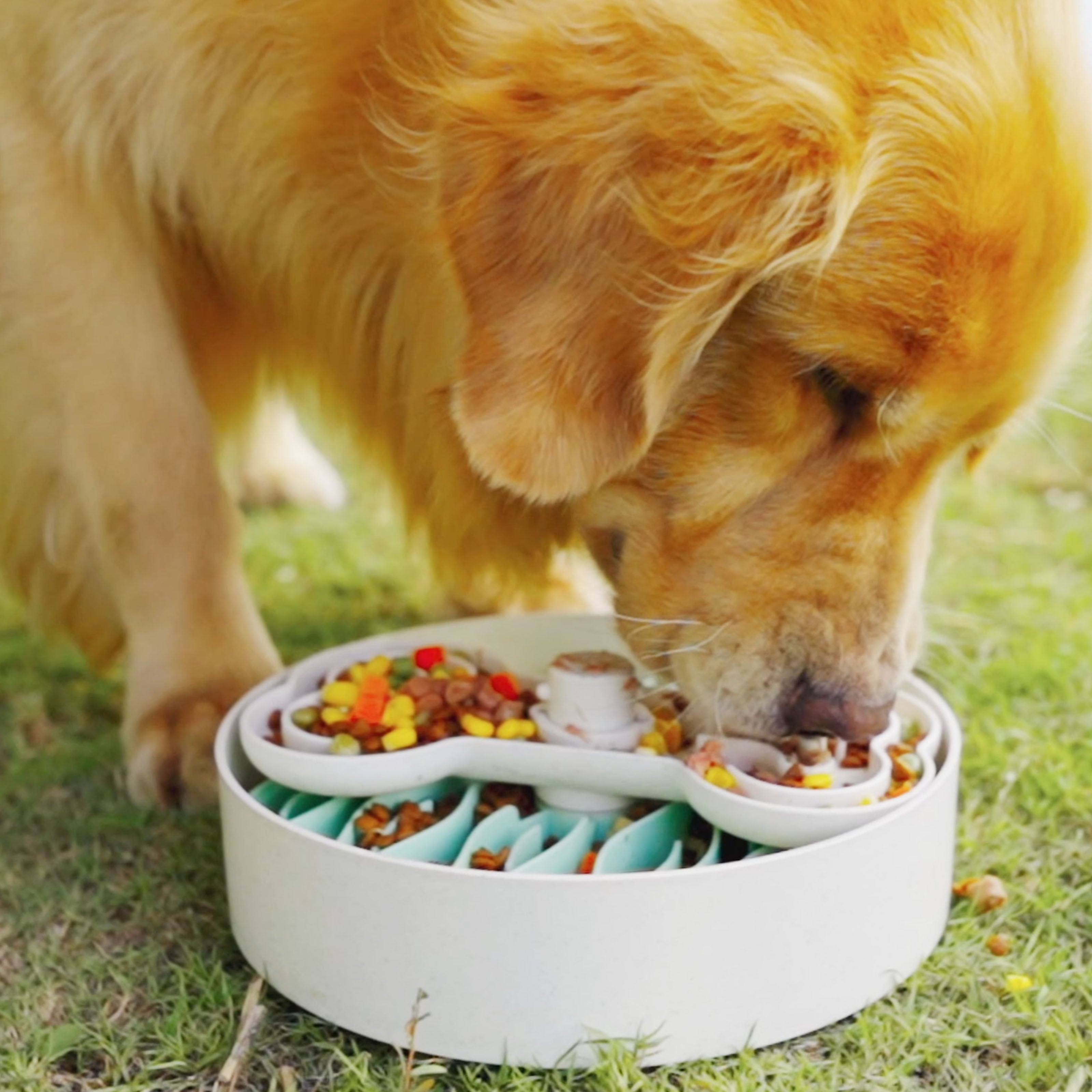
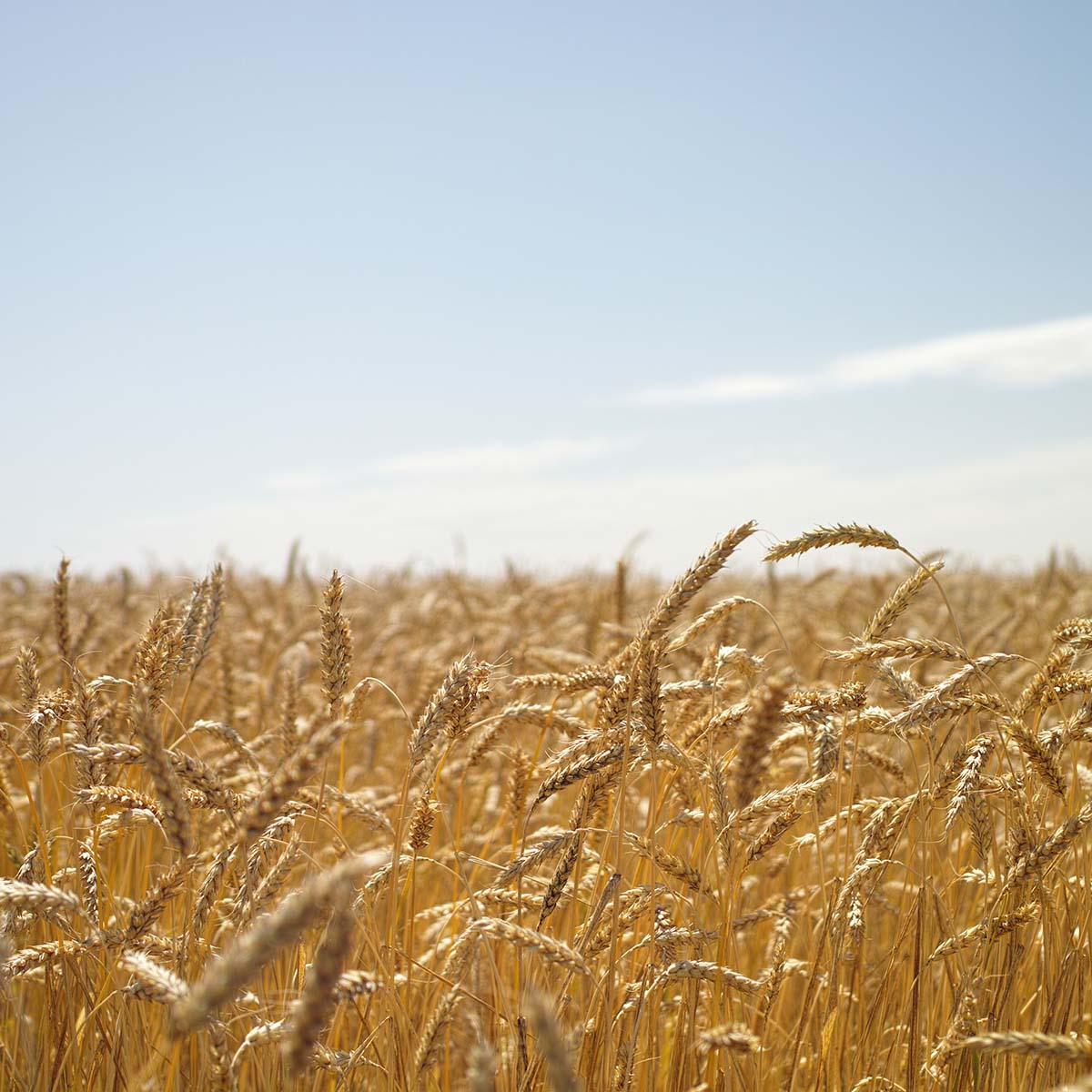
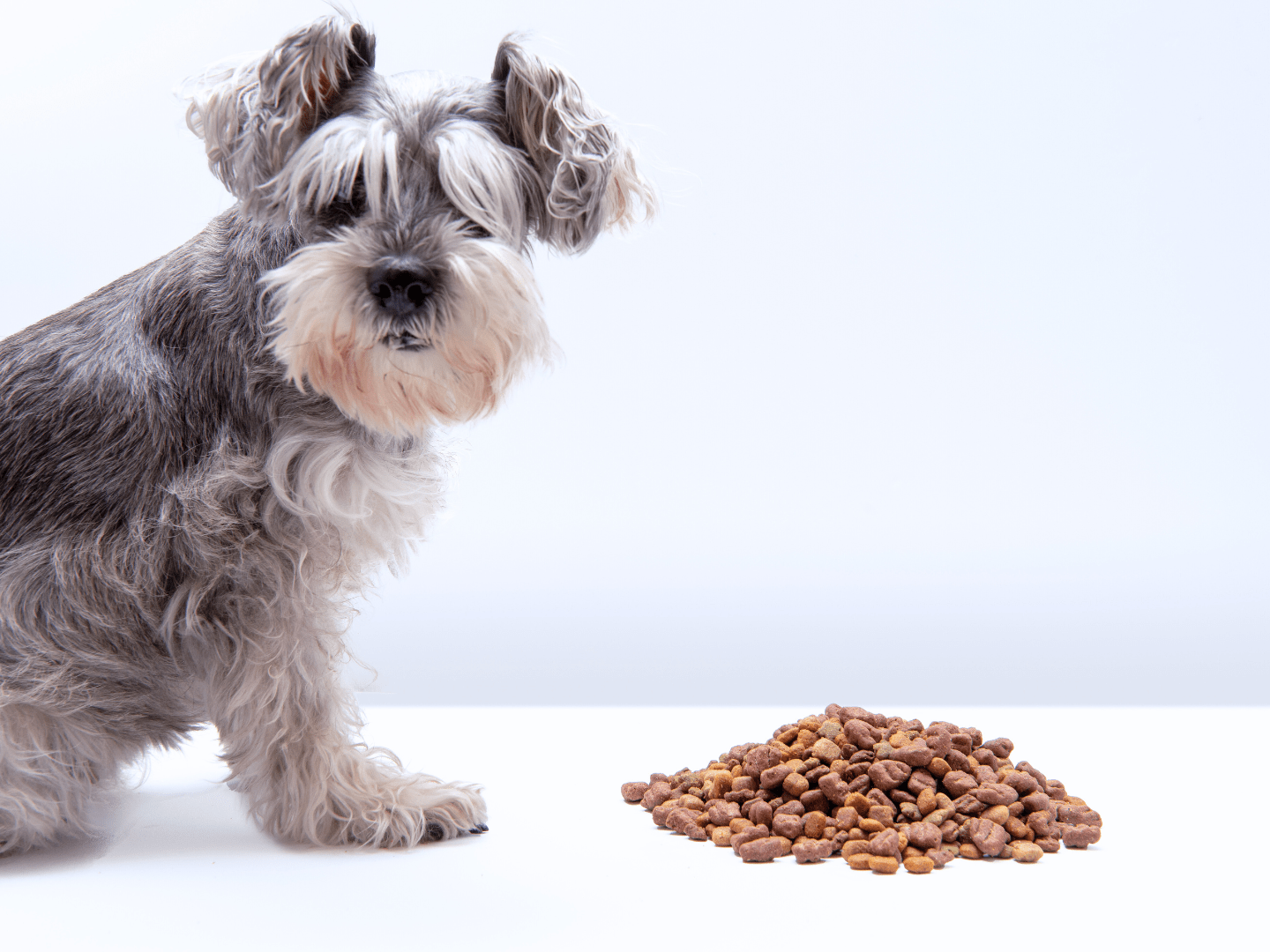
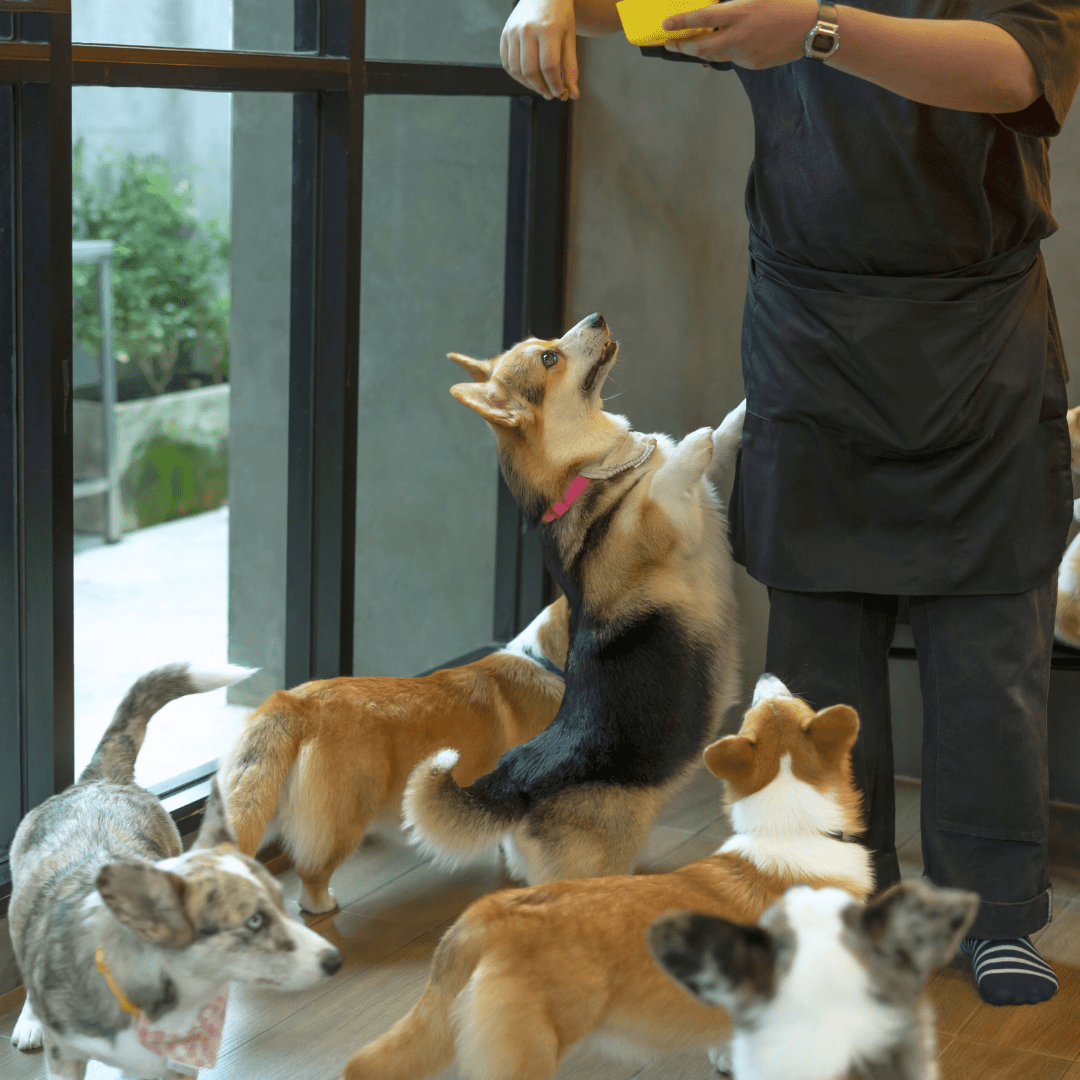
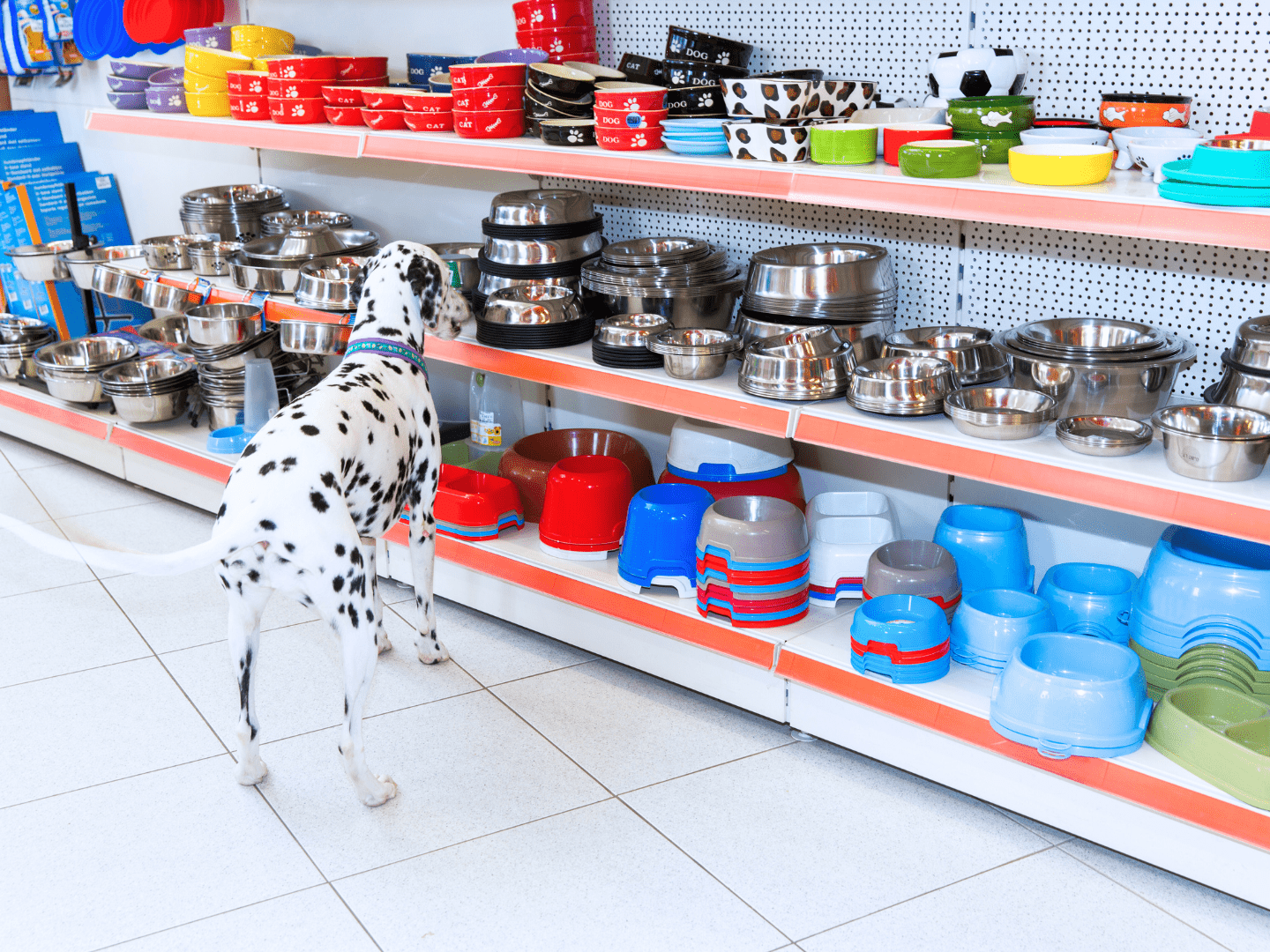
댓글 남기기
모든 댓글은 게시 전 검토됩니다.
이 사이트는 hCaptcha에 의해 보호되며, hCaptcha의 개인 정보 보호 정책 과 서비스 약관 이 적용됩니다.